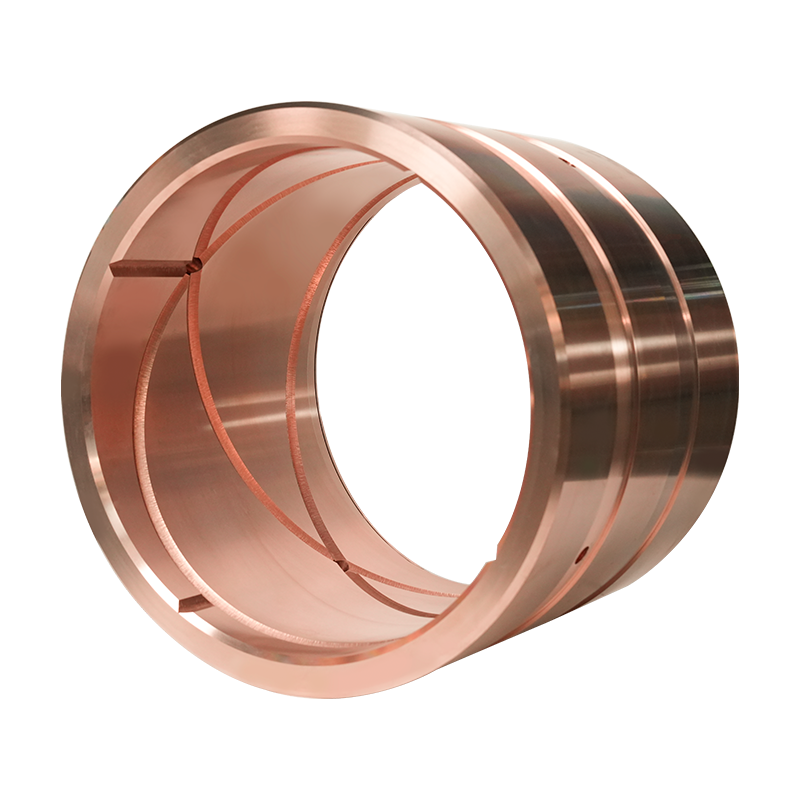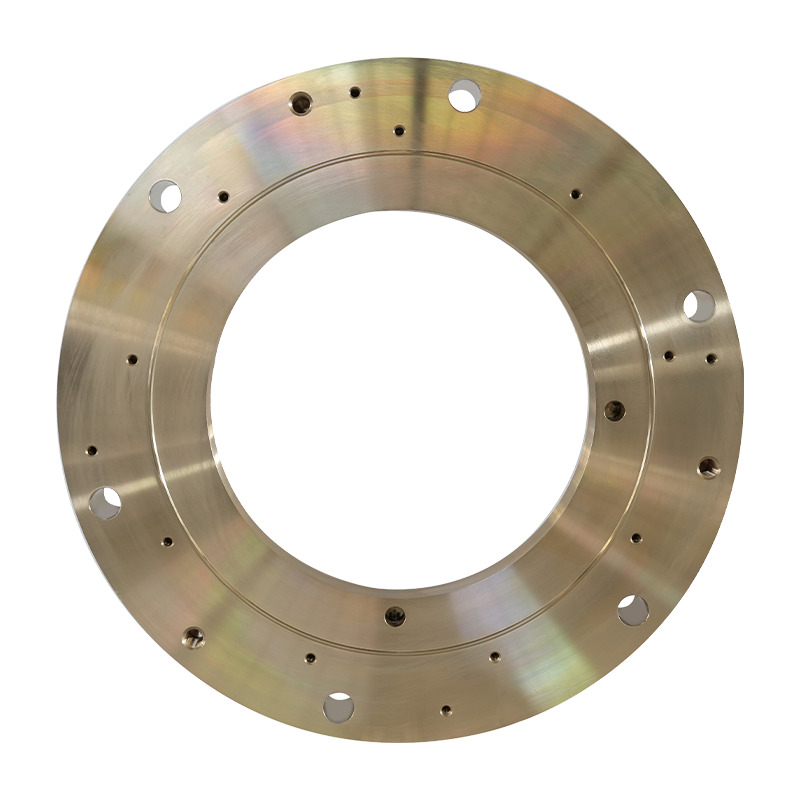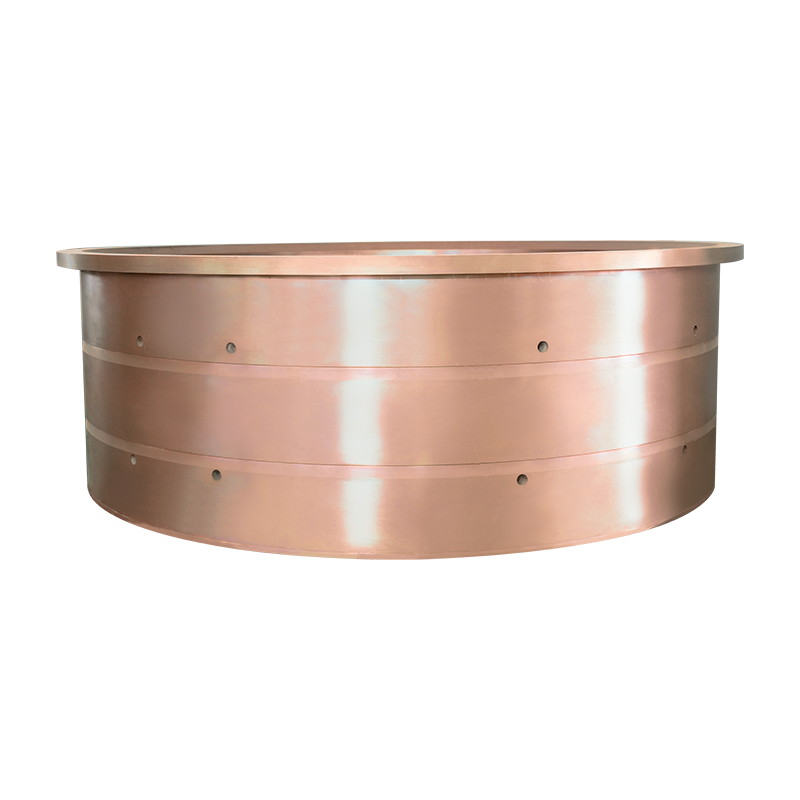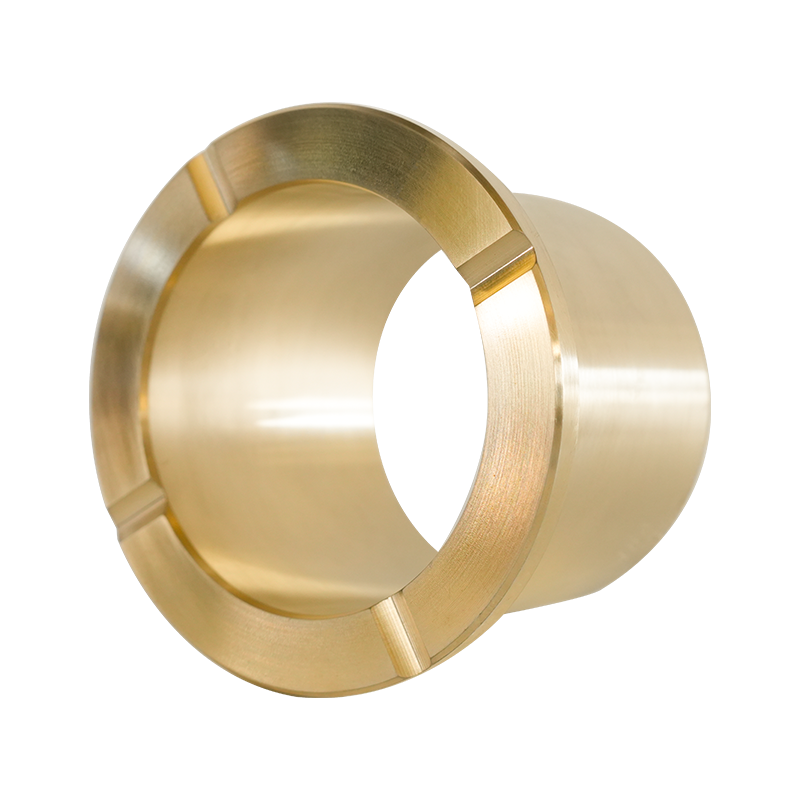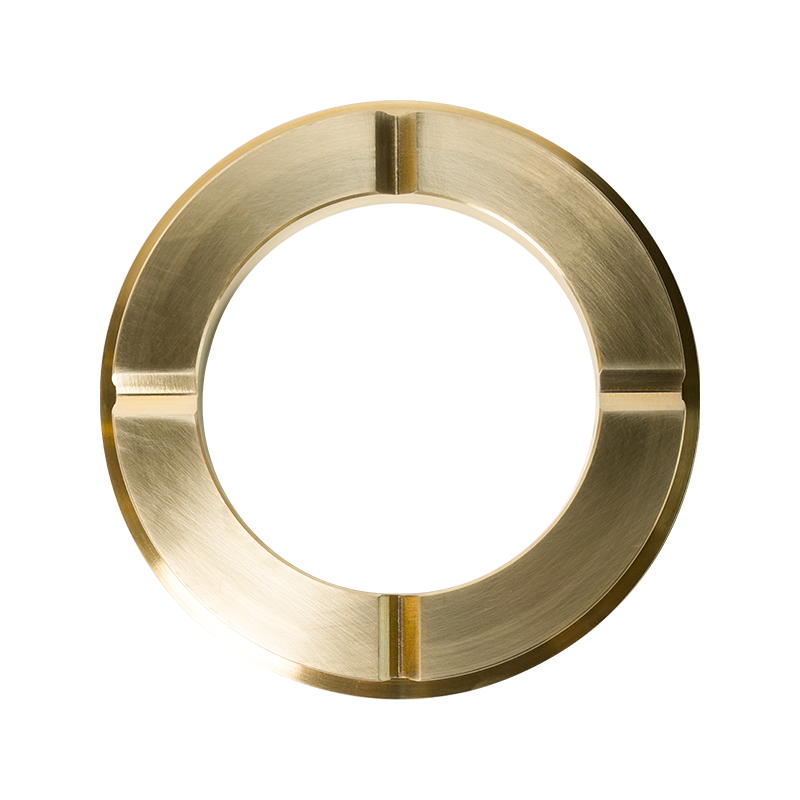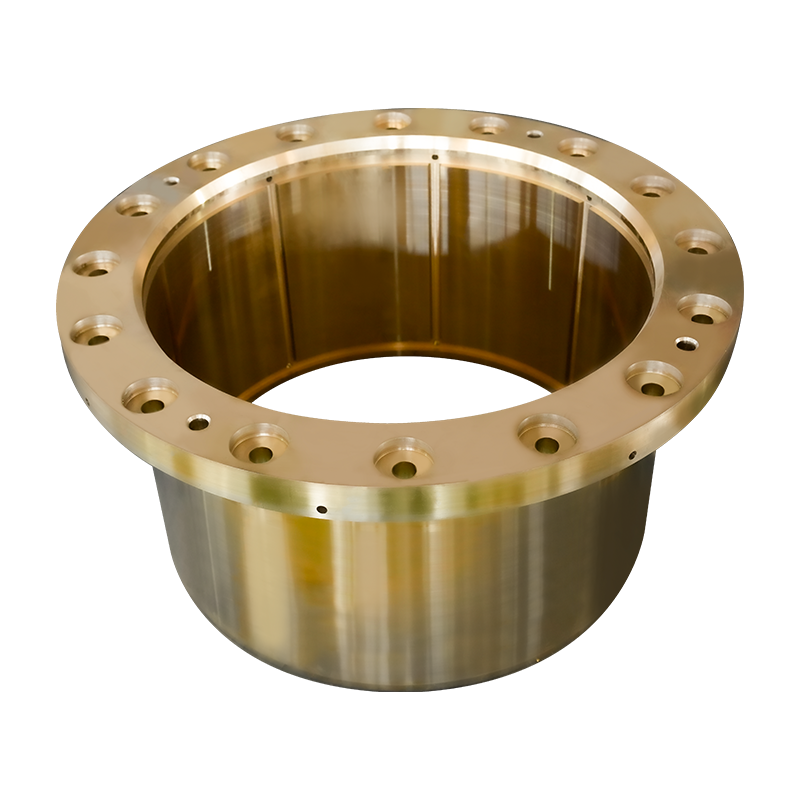Influence of Different Surface Treatments on Copper Plate Performance
| Treatment |
Main Effect |
Specific Influence on Performance |
| Mechanical grinding / SMAT (Surface Mechanical Attrition Treatment) |
Forms gradient microstructures, refines grains |
Increases yield strength by 2–5× while retaining ductility |
| Chemical phosphating |
Enhances anti‑hydrolysis, improves surface activity |
Reduces water absorption, boosts thermal conductivity and bending strength |
| Oxidation / Passivation |
Generates a dense oxide layer on the copper surface |
Improves corrosion resistance and prevents oxidation in humid environments |
| Electroplating (Ni, Au, Ag, Sn) |
Deposits a protective metal layer |
Enhances wear resistance and corrosion protection; however, the metal layer slightly raises electrical resistance, potentially increasing insertion loss |
| Chemical immersion gold/silver |
Provides a high‑conductivity, wear‑resistant surface |
Improves solderability and surface flatness, increasing reliability |
| Electrolytic copper plating (electro‑copper) |
Improves surface flatness and conductivity |
Enhances flatness and electrical performance, reducing welding defects |
| Surface roughness control (rolling speed, hot‑forming temperature) |
Controls surface quality |
When roughness < 0.3 µm, welding energy and tensile strength improve markedly; excessive roughness reduces welding strength |
Overall, mechanical grinding combined with chemical passivation is key for boosting strength and corrosion resistance, while electroplating or immersion plating excels in electrical reliability and wear resistance, albeit with a minor trade‑off in conductivity.
In terms of environmental protection and recycling, what is the reutilization rate of copper plates?
Environmental and Recycling Aspects – Re‑utilization Rate
National standards require a recycling rate of at least 50 % for copper and high‑copper alloys, and ≥ 75 % for brass.
Industrial practice shows that modern copper‑plate recycling processes (wet crushing + hydrocyclone, fire‑wet combined methods) achieve 98–99 % metal copper recovery.
The International Copper Association notes that copper has a 100 % recycling potential; recycled copper performs virtually identically to primary copper, and its production saves about 85 % energy, dramatically lowering carbon emissions.
Waste copper‑clad laminates, processed through crushing, sorting, and wet extraction, attain copper‑powder recovery rates of 96–99 %, with residual copper content of only 0.5–1.5 % (equivalent to ore grade).
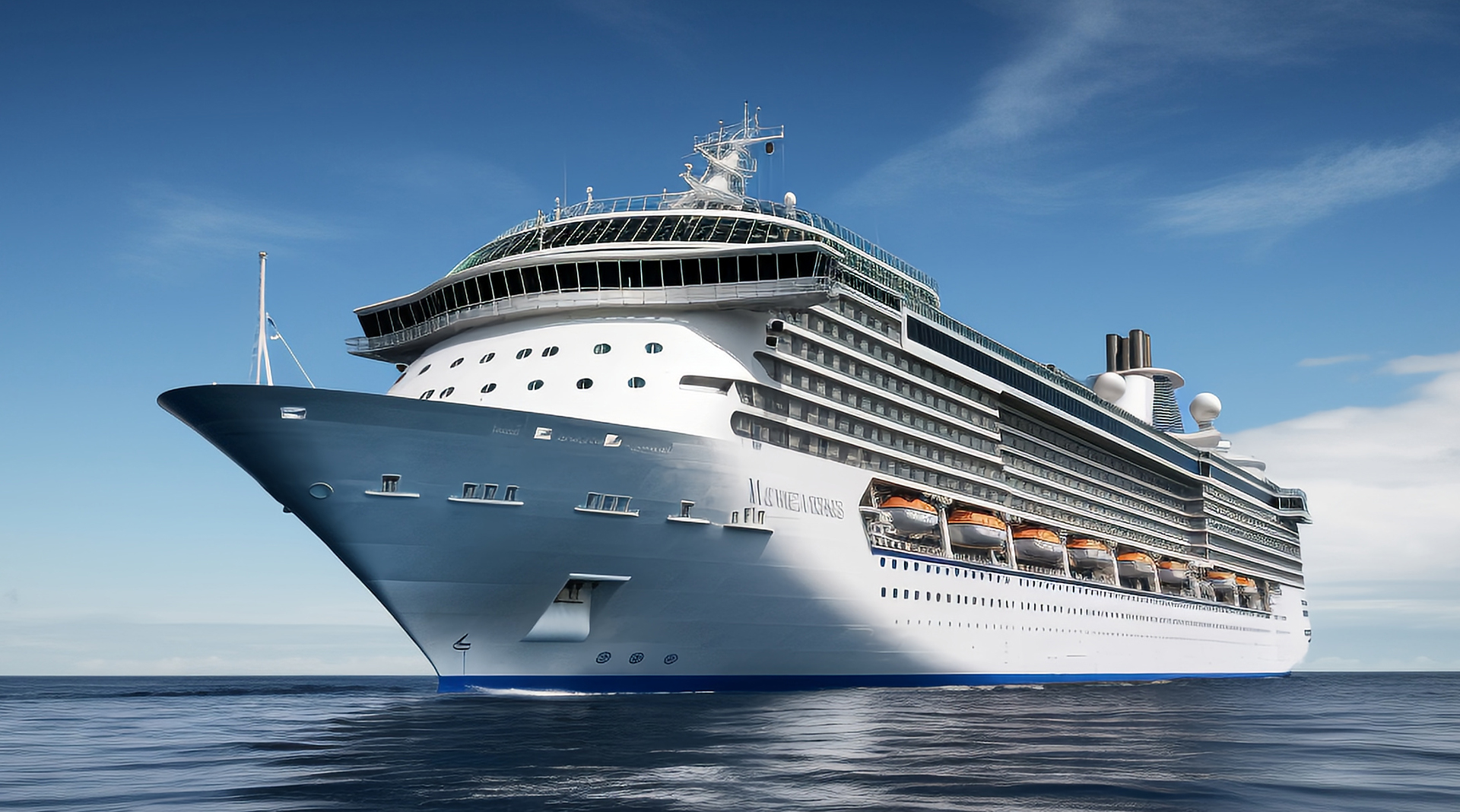
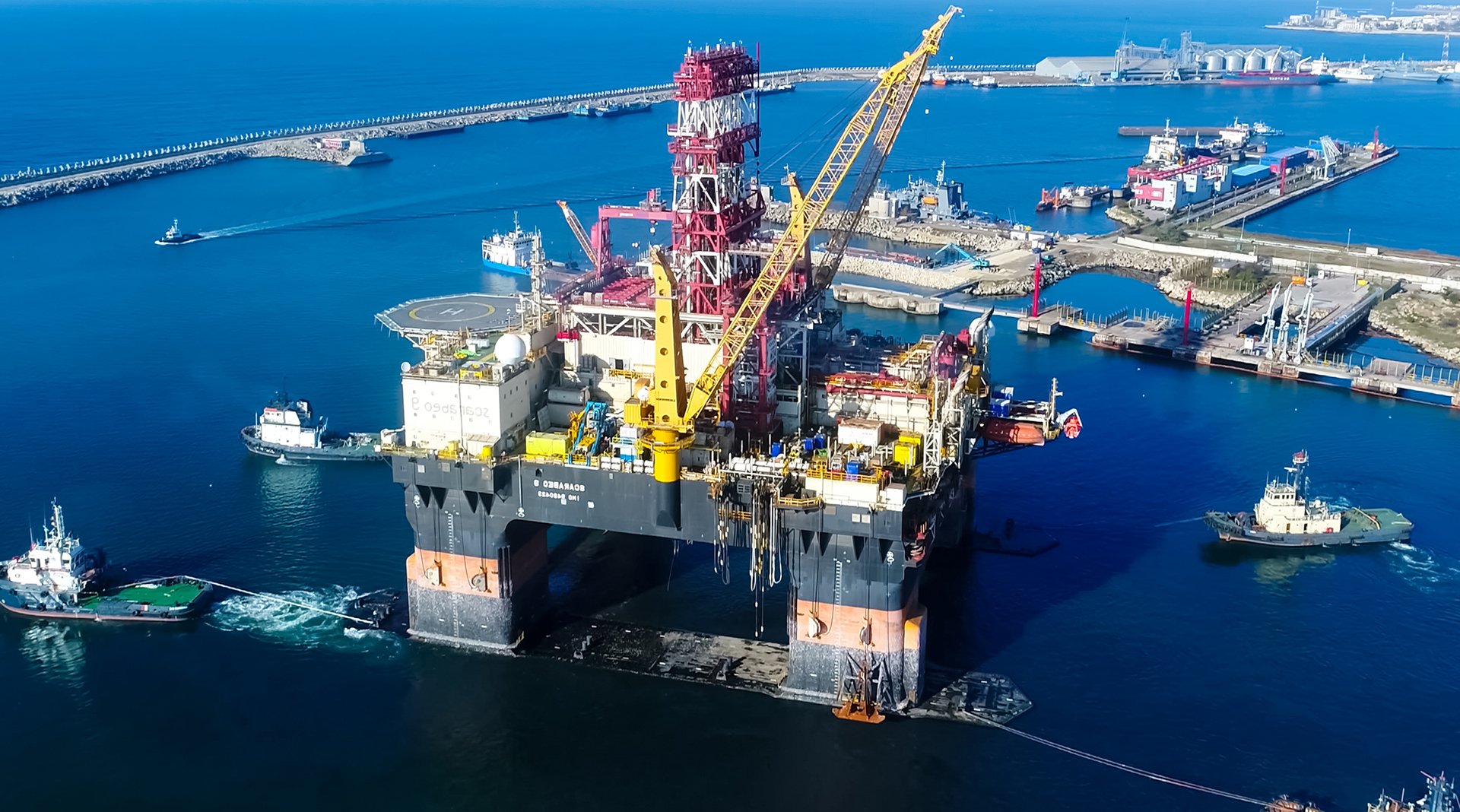
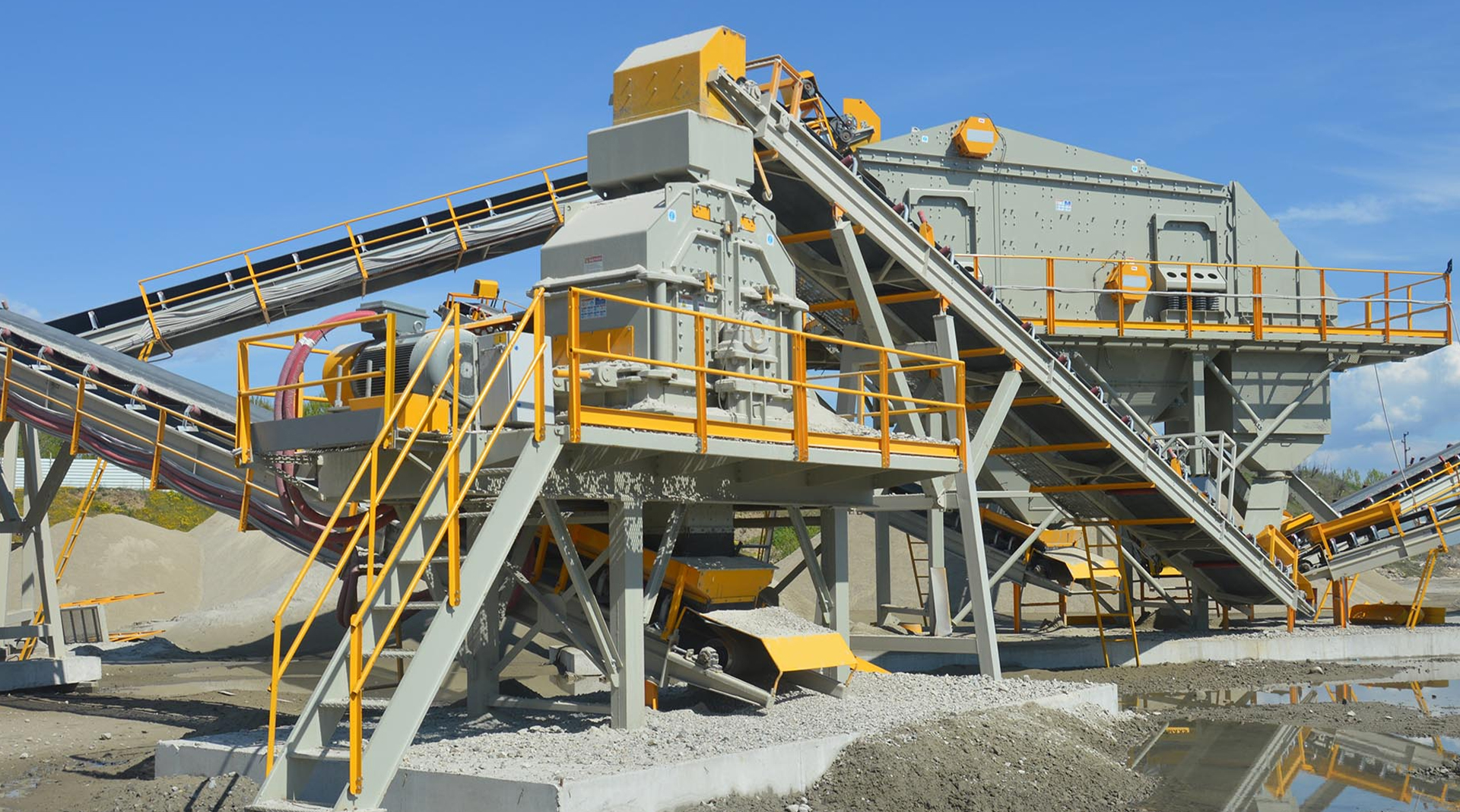
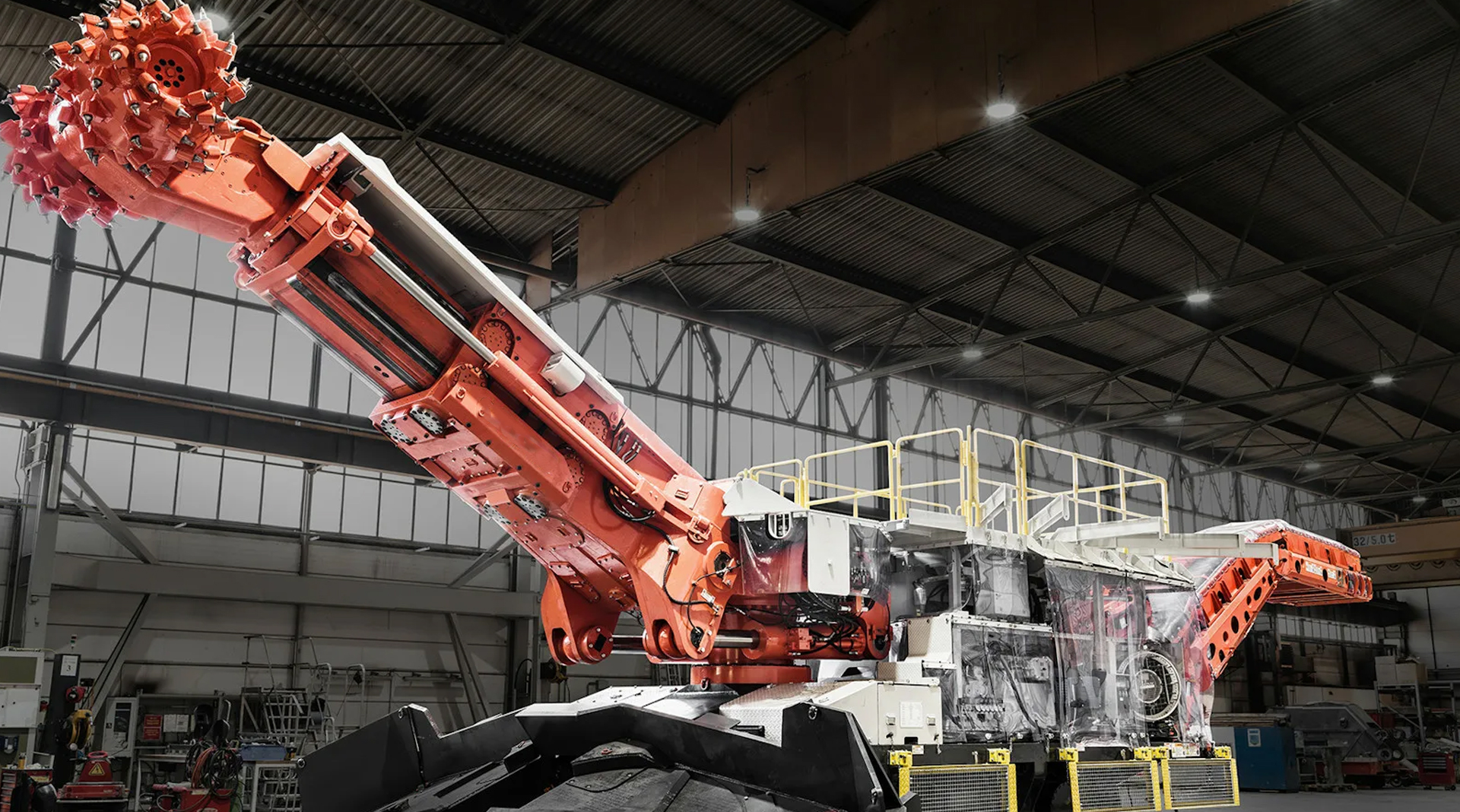
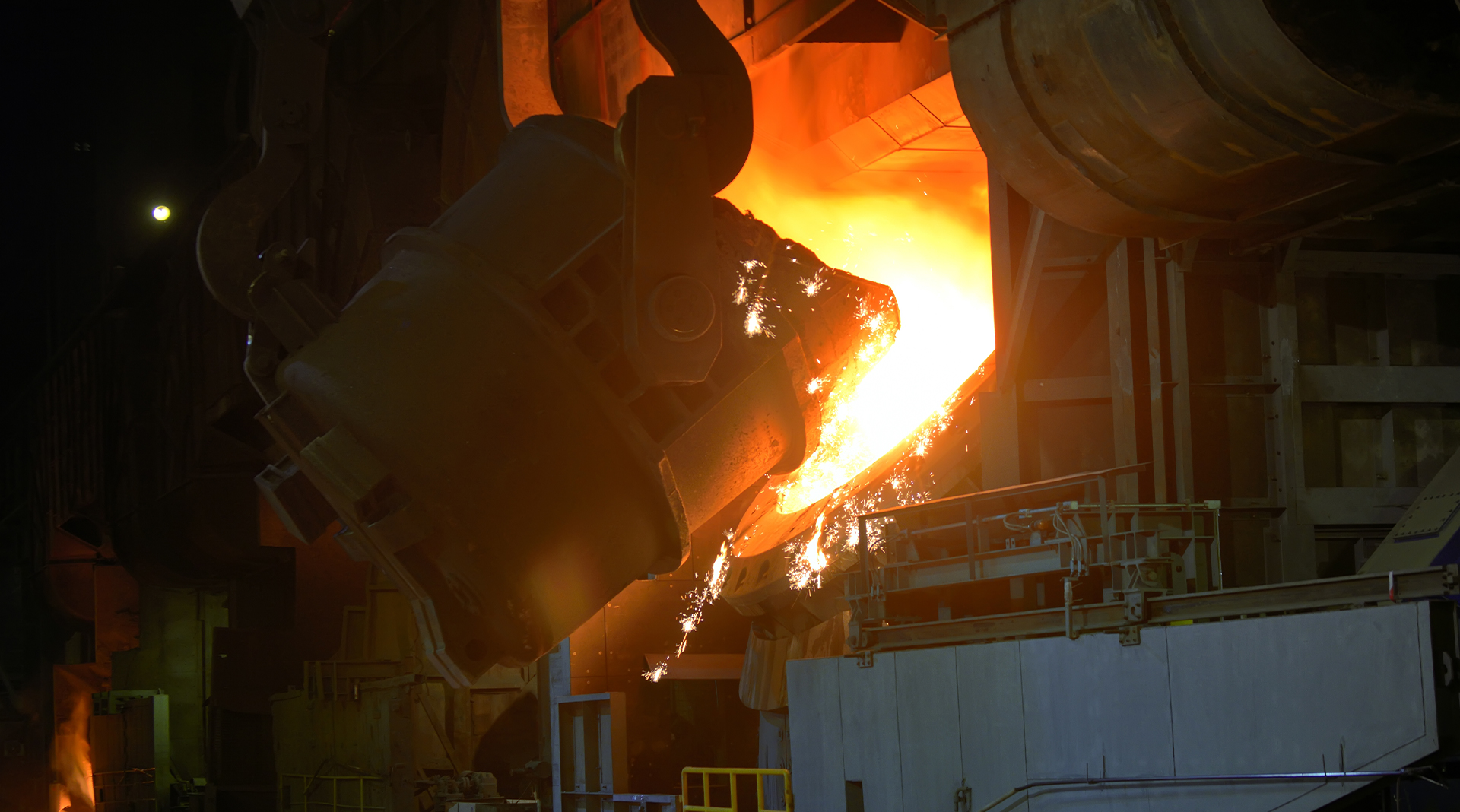



 English
English 日本語
日本語 русский
русский Deutsch
Deutsch
